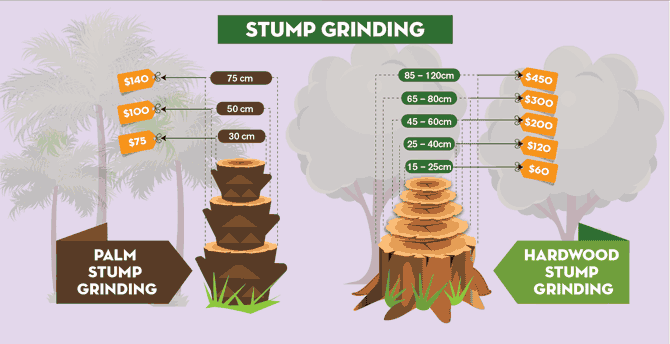Treatment After Tree Removal: Reliable Ways To Renew Your Landscape
Treatment After Tree Removal: Reliable Ways To Renew Your Landscape
Blog Article
Short Article Created By-Wilcox Als
After a tree's elimination, your landscape may look quite various, and it's essential to analyze the results meticulously. You'll wish to assess the dirt disturbance and examine surrounding plants for any signs of anxiety. Disregarding these variables can result in bigger problems down the line. So, what should you make with those stumps and origins? And just how do you choose the best plants for your revitalized room? Allow's explore these important steps.
Analyzing the Results: Assessing Your Landscape
After a tree removal, it's important to analyze your landscape to comprehend the influence it carries your lawn.
Beginning by examining the location where the tree stood. Try to find indicators of dirt disruption, and inspect the surrounding plants for any type of stress or damages.
You must additionally bear in mind of just how the removal has changed sunshine exposure and air flow in your yard. This shift can impact the growth of close-by plants, so it's necessary to review their health and wellness.
Take into consideration the visual facets too; the removal might develop an open space that you can redesign.
Finally, think of How To Trim Small Tree Branches of potential erosion problems that may occur from the tree's absence. Dealing with these elements early will assist bring back equilibrium to your landscape.
Taking care of Stumps and Roots: Alternatives for Removal
Once you have actually evaluated the consequences of the tree removal, you'll likely need to take on the stump and origins left.
You have a couple of alternatives for elimination. One efficient method is stump grinding, where an expert uses an equipment to grind the stump to underground degree. This approach leaves marginal interruption to your landscape.
If you favor a do it yourself method, you can make use of a mix of digging and chemical stump eliminators. Simply bear in mind, this process can take time and effort.
Additionally, take into consideration leaving the stump as an all-natural function, which can act as an one-of-a-kind garden component or habitat for wild animals.
Whatever you pick, dealing with the stump and roots is vital for restoring your landscape.
Picking the Right Plants for Your New Space
As you evaluate your newly cleared area, selecting the right plants can dramatically boost your landscape's elegance and performance.
Start by taking into consideration the sunshine and dirt problems. For bright areas, select drought-resistant plants like lavender or succulents. In shaded spots, ferns and hostas thrive well.
Think of the dimension and development behaviors of your plants; mix perennials and annuals for seasonal range. Do not forget to include indigenous types; they need much less maintenance and support neighborhood wild animals.
Group plants in weird numbers for a more natural appearance and produce layers for aesthetic depth.
Finally, guarantee you have a mix of colors and structures to keep your landscape lively throughout the periods.
Read More On this page growing!
Conclusion
In conclusion, restoring your landscape after tree elimination is a satisfying procedure. By examining the aftermath, addressing stumps and roots, and picking the right plants, you'll produce a growing environment. Don't forget to incorporate disintegration control actions to safeguard your soil. With a little effort and treatment, you can transform your area into a lively yard that enhances your building. Embrace the chance to renew your landscape and appreciate the appeal of nature right in your yard!
